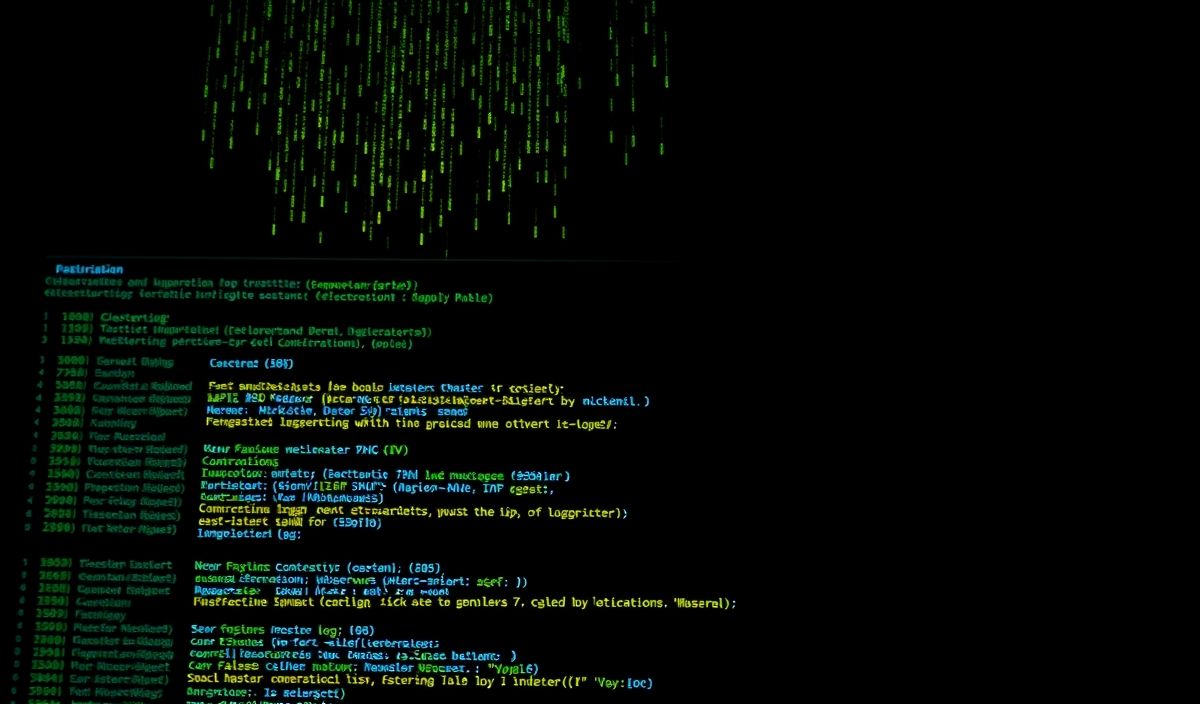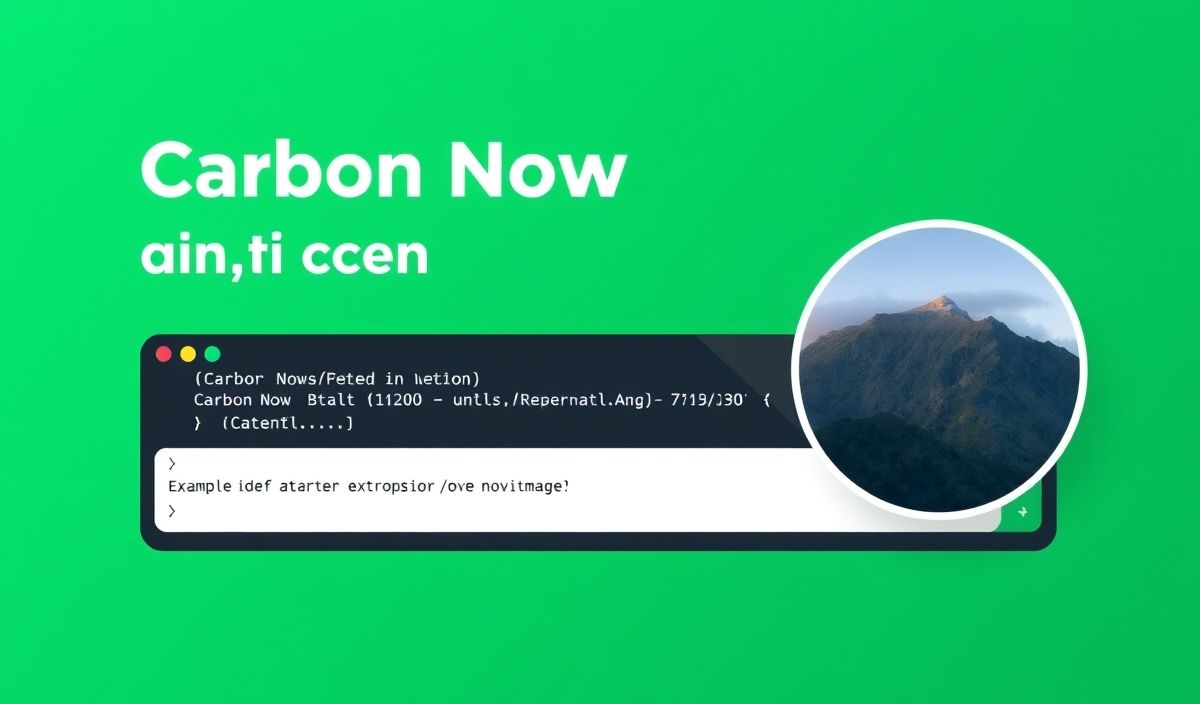Introduction to Kill-Port
`kill-port` is a powerful command-line utility that allows developers to free up ports on their local machine. This can be incredibly useful when a development server or other application has locked a port, and you need to free it without restarting your computer. It is a simple yet effective tool for managing your development environment more efficiently.
How to Install Kill-Port
npm install --global kill-port
Basic Usage of Kill-Port
To kill a port, simply run:
kill-port <port_number>
For example, to kill port 3000:
kill-port 3000
Using Kill-Port with Multiple Ports
You can kill multiple ports with a single command:
kill-port 3000 3001 3002
Advanced Usage
Kill-Port also allows you to specify a protocol (TCP or UDP). For example:
kill-port --tcp 3000 kill-port --udp 4000
Command-Line Options
Here’s a list of useful command-line options:
--tcp: Specify TCP protocol--udp: Specify UDP protocol-h, --help: Output usage information
API Examples
If you prefer integrating kill-port functionality directly into your Node.js applications, you can use its programmatic API:
Example 1: Basic Programmatic Kill
const killPort = require('kill-port');
killPort(3000)
.then(() => console.log('Port 3000 killed'))
.catch(console.error);
Example 2: Killing Multiple Ports
const killPort = require('kill-port');
Promise.all([killPort(3000), killPort(3001)])
.then(() => console.log('Ports 3000 and 3001 killed'))
.catch(console.error);
Example 3: Specifying Protocol
const killPort = require('kill-port');
killPort(3000, 'tcp')
.then(() => console.log('TCP port 3000 killed'))
.catch(console.error);
Build an App Using Kill-Port
Let’s build a small Node.js application that automatically frees up ports before starting a development server.
Step 1: Create a File server.js
const http = require('http');
const killPort = require('kill-port');
const port = 3000;
killPort(port)
.then(() => {
const server = http.createServer((req, res) => {
res.statusCode = 200;
res.setHeader('Content-Type', 'text/plain');
res.end('Hello World\\n');
});
server.listen(port, () => {
console.log(`Server running at http://localhost:$&{port}/`);
});
})
.catch(console.error);
In this example, before starting the HTTP server on port 3000, we ensure that the port is free by using killPort(port). This avoids any “port already in use” errors.
Conclusion
Understanding how to free up ports using kill-port can significantly improve your development workflow. Whether you use it from the command line or integrate it into your applications, kill-port is an essential tool for modern developers.
Hash: 97fbffb93b241745ca749fb9e1e9fdf53c1dbbd71cd97f1e204d0c0c681637b8




